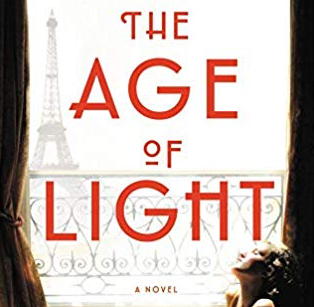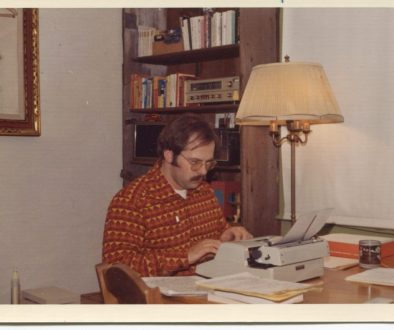Whitney Scharer’s Intriguing Novel, “The Age of Light”
After more than a year of anticipation, I’ve just finished Whitney Scharer’s The Age of Light. Perhaps I should say I’ve just finished devouring it, because it was an utterly engrossing read in every respect. Reading Scharer’s prose is like tasting gourmet food.

If you’d like a little background illumination, please read this Fictional Café interview.
A novel such as this is rare, in that Scharer has created fictional characters from the whole cloth of real people, in particular Man Ray and Elizabeth (Lee) Miller. The time is the late 1920s and early 1930s, for the most part. The place is Paris, where the two expatriates meet, then coalesce, through their passion and photography. Even if the author had not based the characters on real people, the story would still have been utterly compelling.
Why? Because Scharer is a compelling author, even in this, her first novel, which is written with exquisite grace. She says in interviews that it took her five years to write it, and I’m sure that meant many, many revisions. Her hard work is exemplified in the precise, articulate, sensation-filled sentences, each of which bears the earmarks of an exemplary author’s crafting.
Man Ray, originally from Philadelphia, was deeply involved in the Parisian artistic milieu of the period. He was well known as a painter and photographer. Scharer’s title refers to the age of the 1920s, which attracted artists, musicians, and writers to what was then known as “the city of light.” (I join many other authors in writing about these times in my novel, Wild Blue Yonder.]
Ray fell deeply in love with Lee, who left a modeling career in New York behind her to become a photographer in Paris. But like most men of his generation, Ray lacked a full appreciation of her as a person and artist in her own right. Although he was expressive, he never thought of her as a human or artistic equal and was dismissive of her needs and talents. Lee, who experienced trauma as a young girl, emerges from her youthful self-doubt to become a strong, independent woman and talented photographer and reading this novel, we cannot help but admire and laud her for that. If you have ever observed a solarized photograph, you have Lee Miller to thank for it.
In recounting Miller’s earlier experiences as a Vogue model, Scharer tells the story of her meeting the famed auteur, Jean Cocteau, who lures her into taking a role in a surrealistic film he’s making, “Blood of the Poet,” in which she plays a Greek statue. Being an avid filmgoer, I was so intrigued that I had to see it. Fortunately, the library was able to provide a copy of this 1929 black-and-white film on DVD. And there she was, the living, breathing, moving Lee Miller. The film, which I’m certain was very avant-garde for its time, was little more than amusing to this 21st century cineaste.
Whitney Scharer the writer deserves as much acclaim as Lee the photographer, for writing a novel in which she undertakes to express the behavior, the conversations, the emotions of two real-life people. She did her homework, and I have no doubt her imaginings are very close to the truth.




